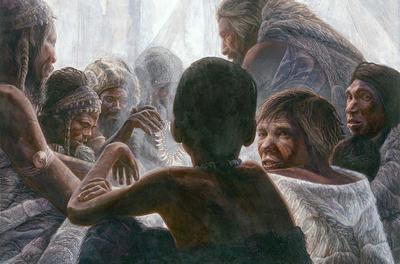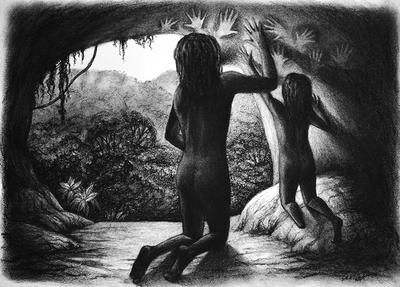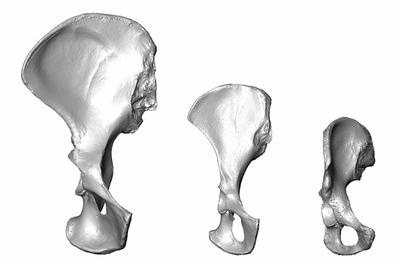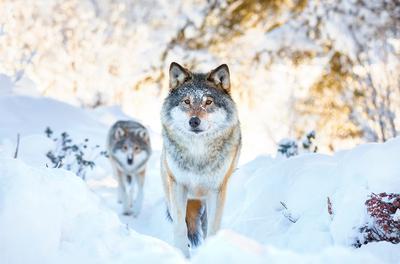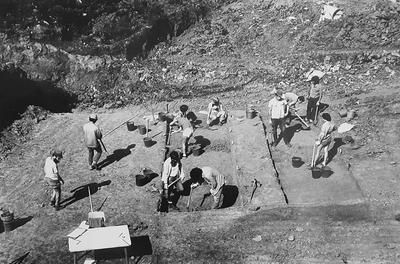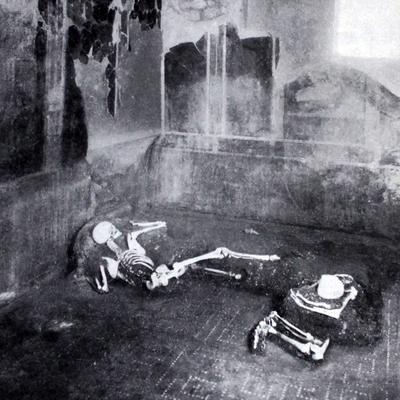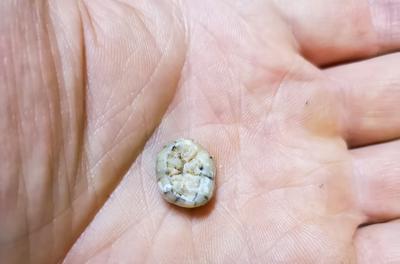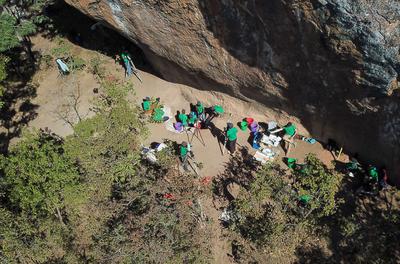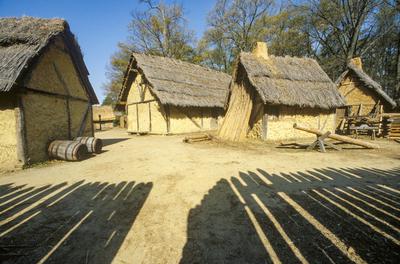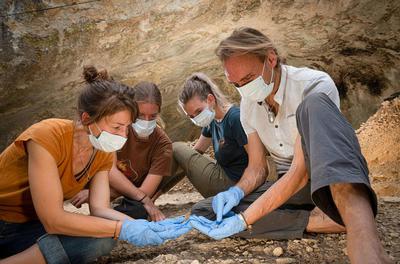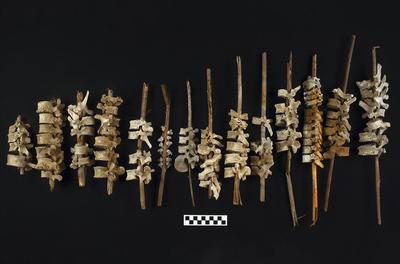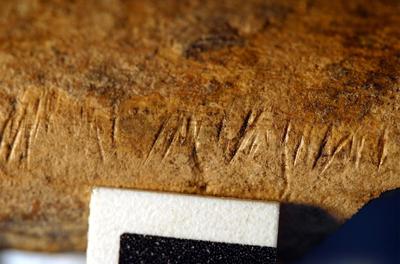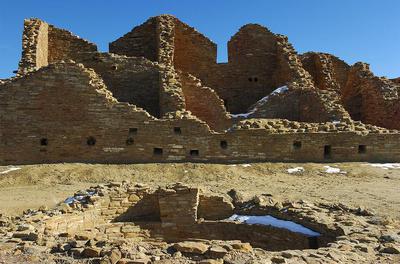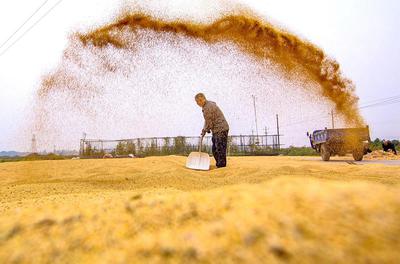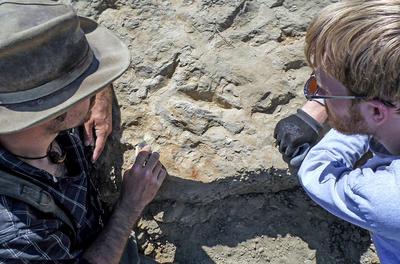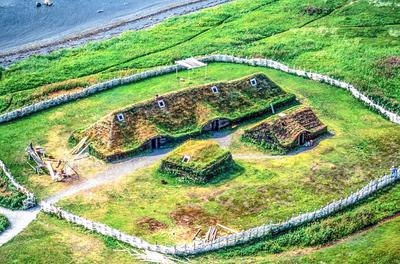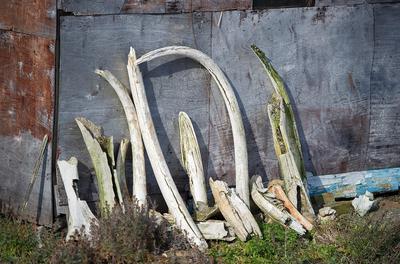
Booming trade in mammoth ivory may be bad news for elephants
TORONTO—In 2015, Andy Huynh was accompanying wildlife guards in Kenya’s Maasai Mara National Reserve to help ward off poachers. Fresh off a decade of service in the Middle East with U.S. Special Operations Forces, he thought there was little that could faze him. But when he saw his first poached rhinoceros, with half of its face sawed away for the horn, he turned and threw up. “I knew then and there I wanted to dedicate my life to stopping wildlife crime,” Huynh said.
He began to work with vari
